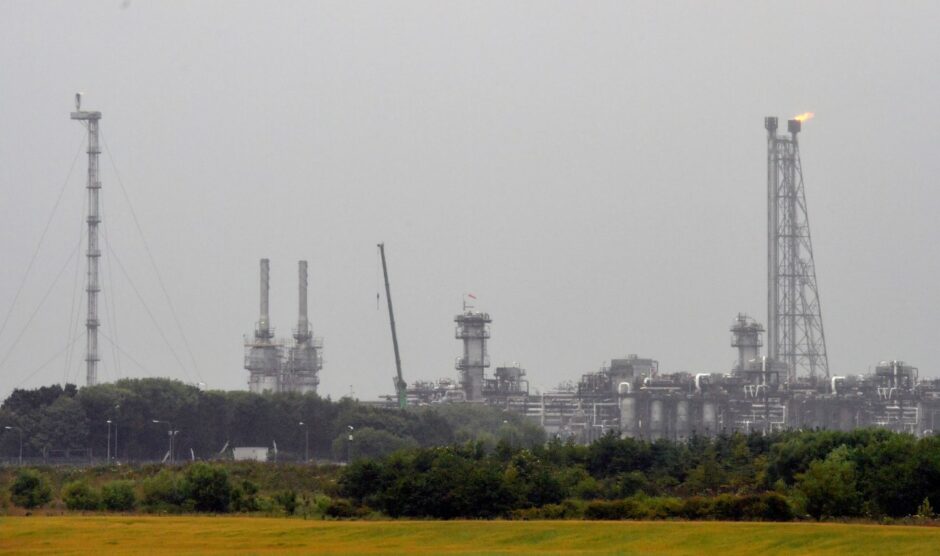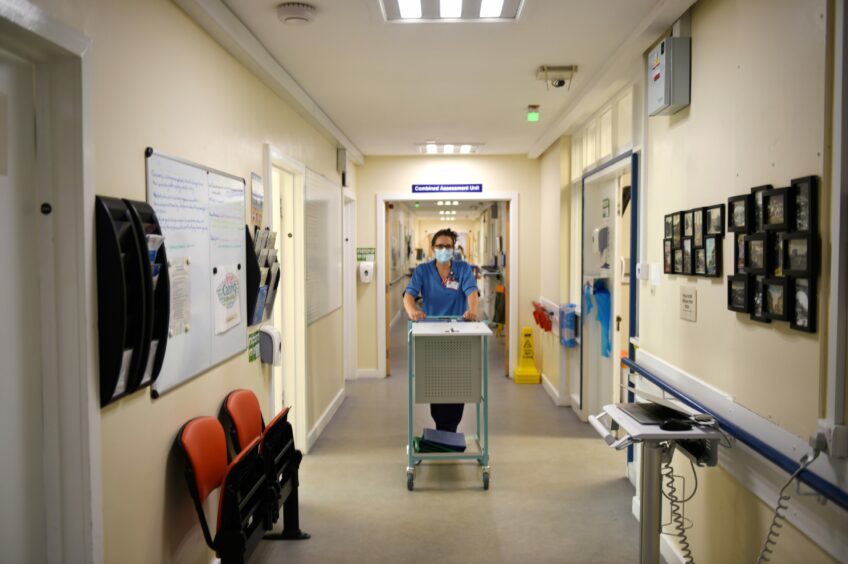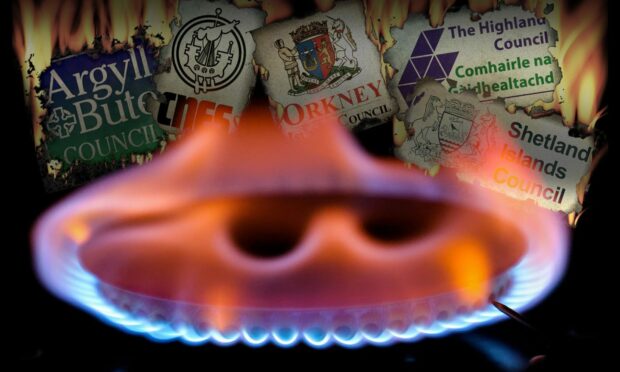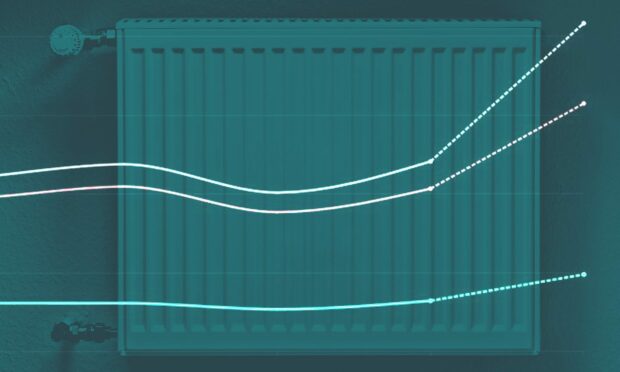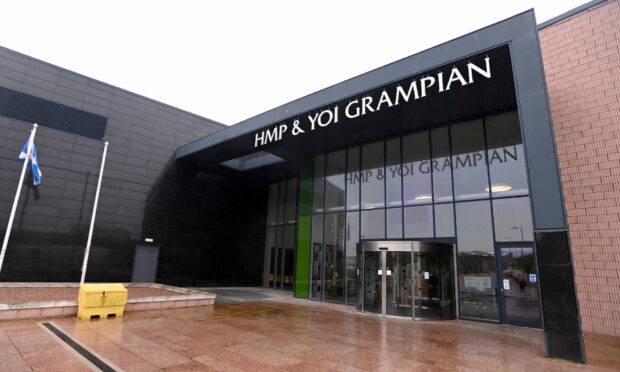As the price of energy bills reach new heights, many of us continue to turn to public services as a reliable source of help and support.
Facilities like libraries offer a warm space where people can spend time for free, while schools and hospitals are vital foundations for a community.
But all of these places are facing the same pressures as million of households across the country, as global forces push up the cost of electricity and gas.
The Press and Journal sent freedom of information requests to public bodies across the north and north-east to ask how their energy bills had changed in the past five years.
They included all local authorities and all health boards, as well as the regions’ courthouses and two prisons: HMP Grampian and HMP Inverness.
We also asked for their projections of how much they believe they will spend this year.
The figures we received back paint a sobering picture of a crisis that may still be in its early days.
In 2017/18, the combined energy costs for all 30 organisations, buildings and boards we asked came to just under £54.8 million.
Last year, the figure had risen to £64.4 million.
And this year, they anticipate spending in excess of £91 million.
A closer look at the numbers
The most jarring increases came from the mainland public bodies that rely heavily on gas for heating and electricity production.
The UK’s low reserves of gas and Russia’s invasion of Ukraine have resulted in historically high prices for the resource.
But despite ballooning budgets, the organisations we asked told us they would work to ensure their crucial services would continue to be provided as normal.
To help make sense of the situation, we have taken a closer look at each of the public bodies in question in a series of four articles.
Two cover local authorities in the north and north-east, and the impact the price rises are having on places we use every day.
One covers the justice system, showing the cost of keeping the lights and heating on in courthouses and prisons.
And another covers the five NHS boards across the area, to demonstrate the extra pressure energy bills are putting on services that are already notoriously strained.
More from this series

